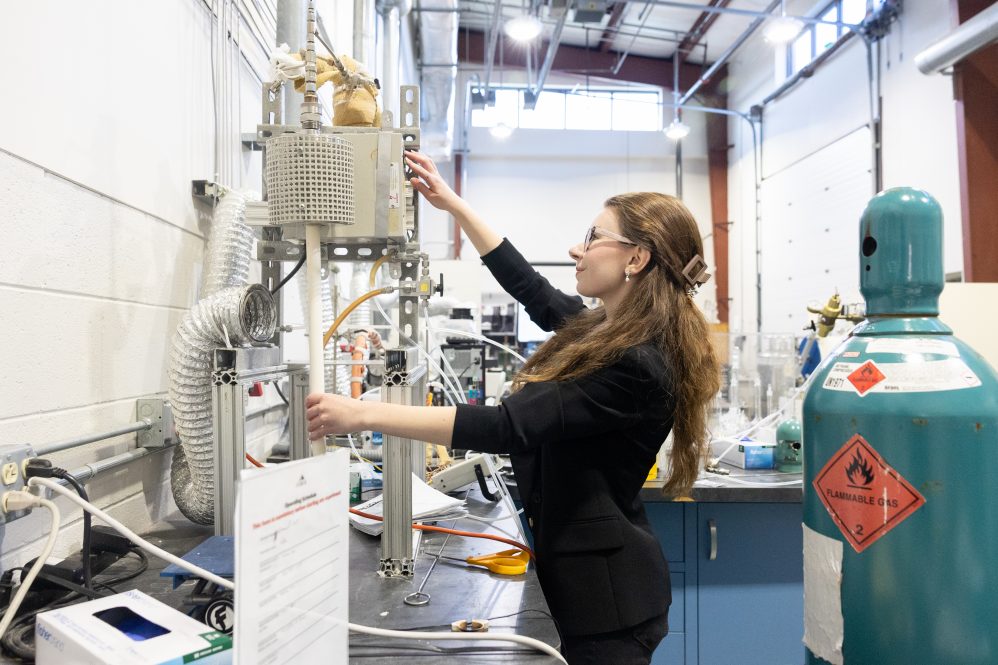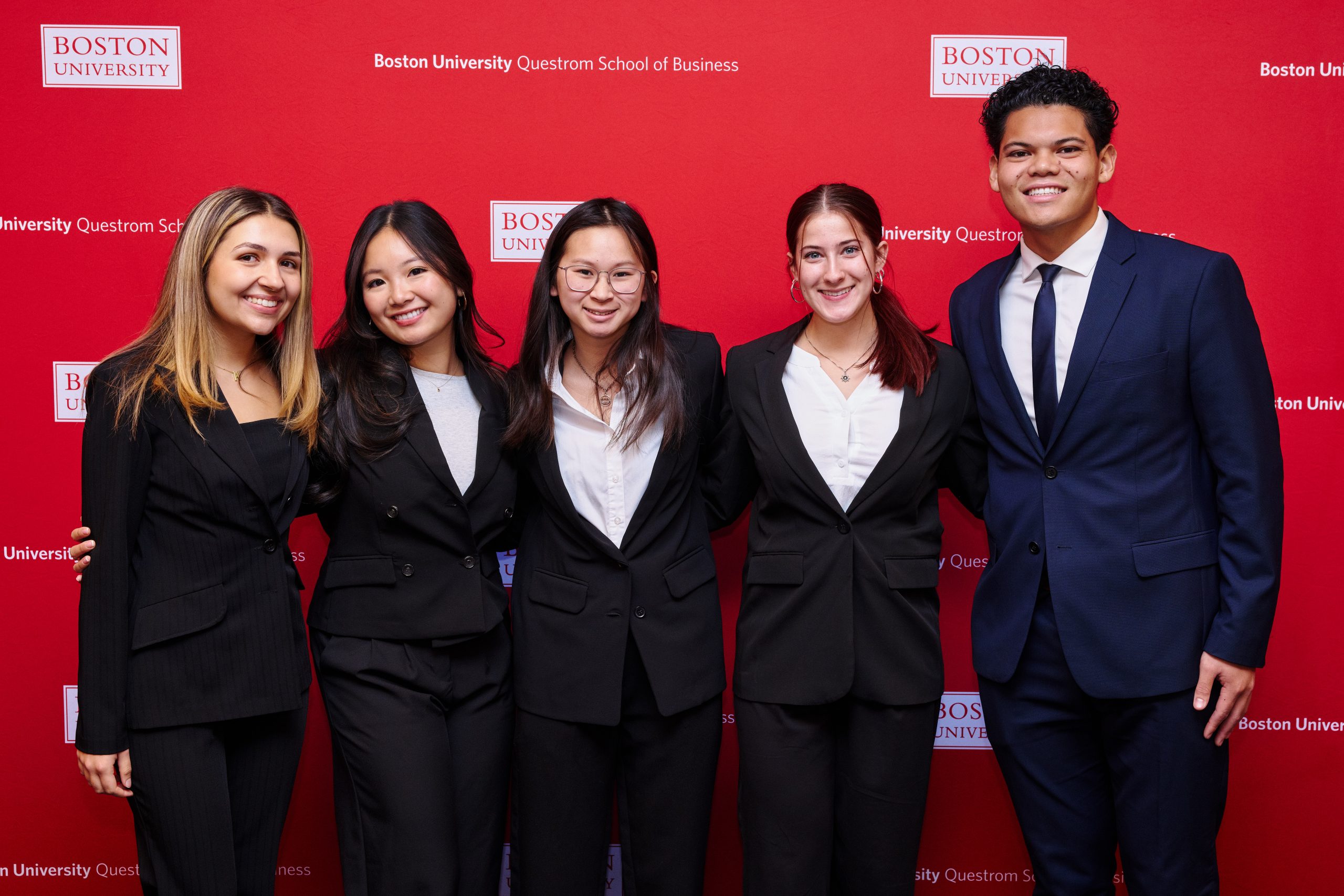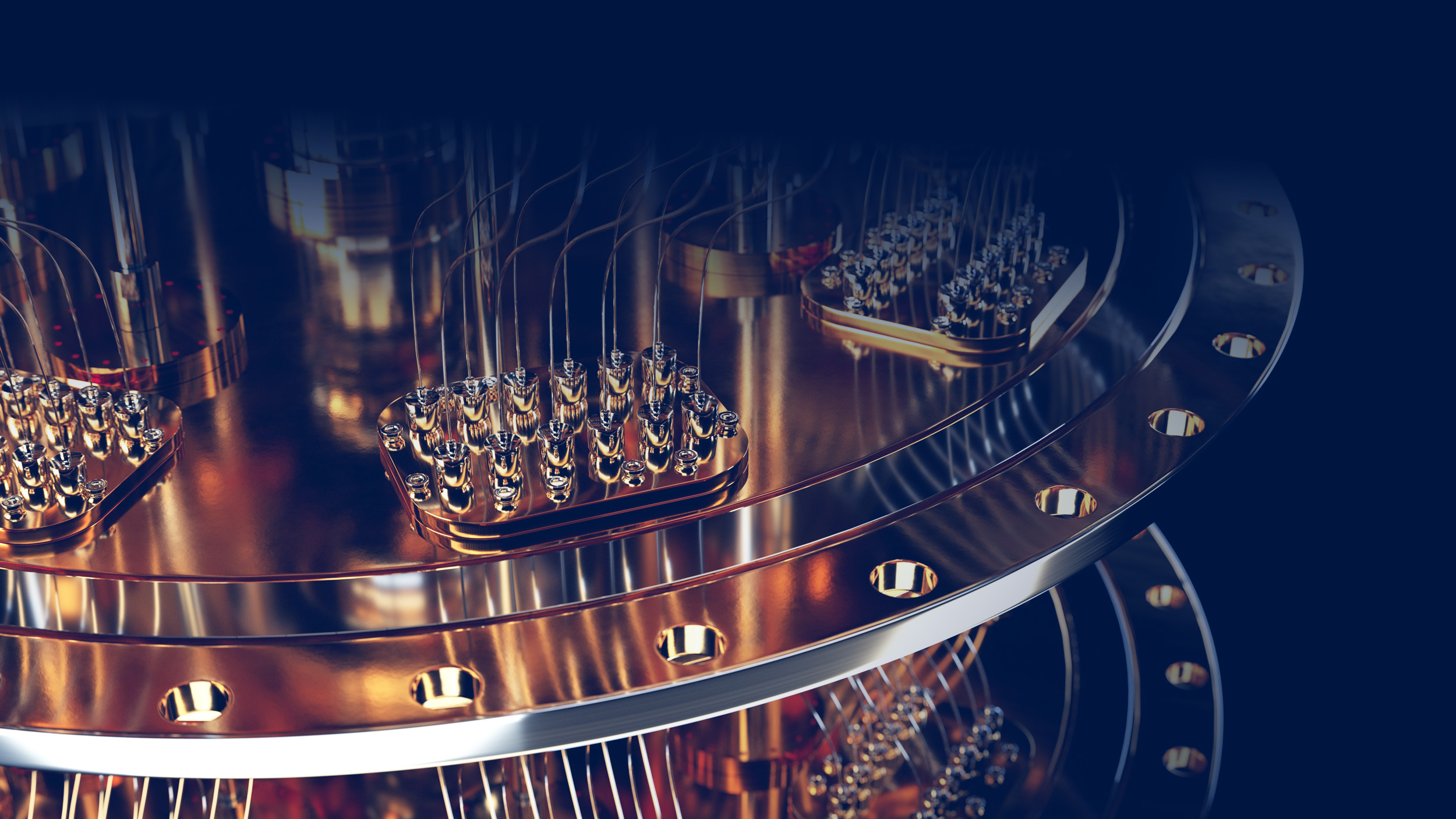Growing up on Long Island, Caitlin Noonan ’26 (ENG) learned to be cautious about the water she consumed.
“Where I lived, all of our drinking water came from underground aquifers,” she explains. “That meant any chemicals used on lawns or pollutants left outside could easily leach into the water supply. I was always using a water filter, always worried about what might be in the tap.”
That early awareness of environmental vulnerability shaped her academic path. As a high school student, Noonan launched her first research project studying water quality and the formation of harmful algal blooms. It opened her eyes to the ways human activity affects ecological systems—and kickstarted her future as an environmental problem-solver.
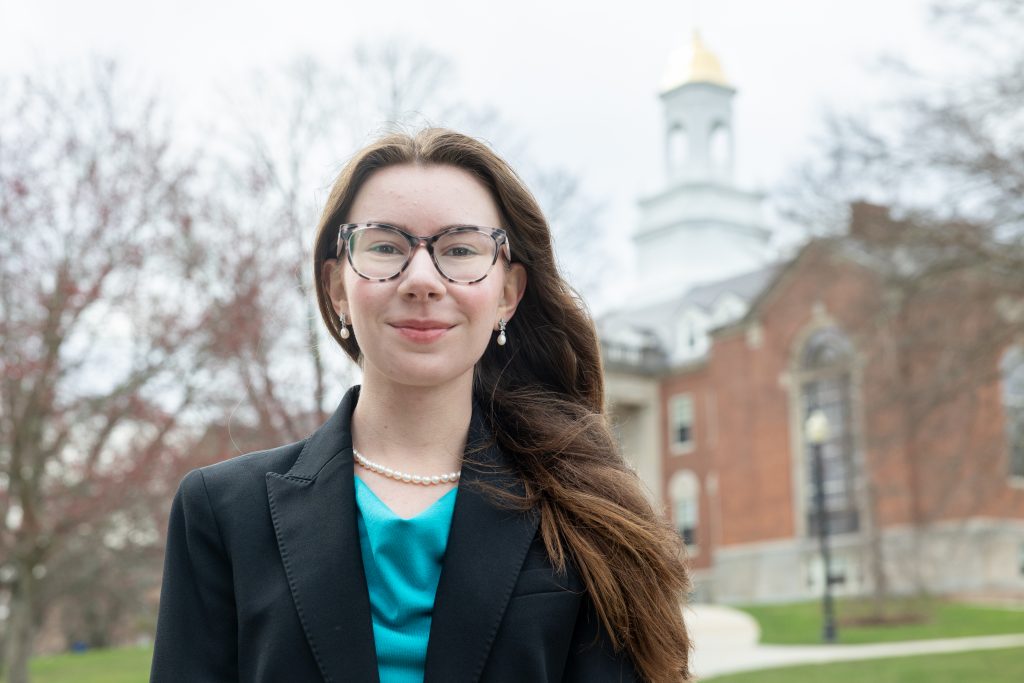
Now a rising senior majoring in chemical engineering, Noonan, a 2025 Goldwater Scholar, is turning her concern into action. With support from UConn’s Office of Undergraduate Research and a 2025 Summer Undergraduate Research Fund (SURF) Award, she’s leading an innovative project aimed at addressing two major environmental threats: food waste and carbon emissions.
Her research, titled “Converting the University of Connecticut’s Food Waste into Activated Carbon for Carbon Capture, Sequestration, and Usage,” explores how discarded food scraps can be transformed into a powerful material capable of removing carbon dioxide (CO₂) from the atmosphere.
“Upon entering college, I wanted to think bigger than Long Island,” she says. “So I began researching carbon dioxide removal using adsorbents made from food waste.”
With help from UConn Dining Services staff, Noonan gathered about 10 pounds of uneaten food waste from the South Dining Hall and brought it to her lab at UConn’s Center for Clean Energy Engineering (C2E2). There, she processes the scraps using a FoodCycler Eco 5 device—on loan from UConn’s Office of Sustainability and supported by Casella Waste Systems. The device grinds and dries the waste into powder form.
“Most food waste from UConn’s dining halls is already sent to Quantum Biopower, a company that converts it to methane through anaerobic digestion,” Noonan says. “But food waste from apartment dorms often ends up in the trash. This pilot program helps reduce that waste—and also benefits my research.”

After processing the food waste, Noonan subjects it to slow pyrolysis, a high-temperature decomposition process conducted in the absence of oxygen. This method produces three value-added outputs: biochar, bio-oil, and syngas.
Her focus is on the biochar—a carbon-rich, porous material that serves as the foundation for activated carbon.
“Biochar is tunable,” she explains. “That means we can adjust its properties to optimize it for specific applications, like CO₂ adsorption.”
To further enhance the material, she treats the biochar with steam activation at 900°C (about 1,650°F). The steam knocks out carbon atoms, creating a highly porous structure ideal for trapping gas molecules like CO₂.
“This method is cleaner than chemical activation,” she says. “Other processes can produce additional waste or environmental hazards. Steam is safer and more sustainable.”
The final product is a dark porous powder that can be heated and reused multiple times for adsorption and then safely returned to the environment as a soil amendment. Unlike chemical adsorbents that risk leaching harmful compounds, biochar and activated carbon derived from food waste can remain stable in soil for centuries, supporting plant growth and improving soil quality.
“When food waste decomposes in landfills, it emits methane and carbon dioxide—two of the most potent greenhouse gases,” Noonan says. “Food waste alone accounts for roughly 8% of global greenhouse gas emissions. If we can divert that waste and turn it into something useful, we can begin to shift the balance.”
Noonan’s current goal is to use the food waste to reduce emissions from energy generation at UConn. In the future, Noonan envisions her activated carbon could be used larger-scale applications like industrial scrubbers or portable air filters for indoor use.
“I hope this project provides a sustainable, achievable path forward,” she says. “It’s about showing that everyday materials—like food scraps—can become part of the climate solution.”
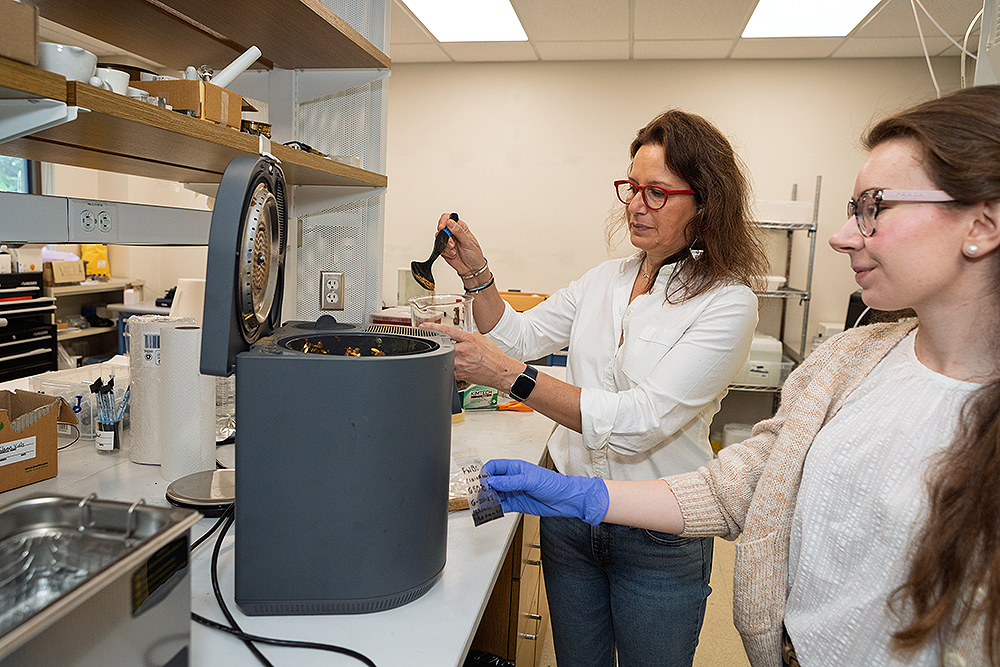
Noonan’s research is guided by her advisor, Julia Valla, associate professor of chemical and biomolecular engineering and director of Graduate Studies and Education.
“As an undergraduate, it’s remarkable that Caitlin’s already making contributions that align with the future of sustainable engineering,” Valla says. “Her research on converting food waste into activated carbon for carbon dioxide capture is not only innovative but also addresses major environmental challenges.”
In addition to her research, Noonan serves as an undergraduate teaching assistant in Chemical Engineering Thermodynamics I, and she plans to assist with Thermodynamics II in the upcoming semester.
Following graduation, she intends to pursue a Ph.D. in chemical engineering, specializing in carbon capture and pollutant adsorption technologies. Her long-term goal is to become a tenured faculty member at an R1 research university, continuing to lead transformative environmental research.
“Chemical engineers touch everything—from the food we eat to the air we breathe. The world is made of materials, and chemical engineers help design those materials to solve real problems. Through my work, I want to make a measurable and positive impact on the planet.”
